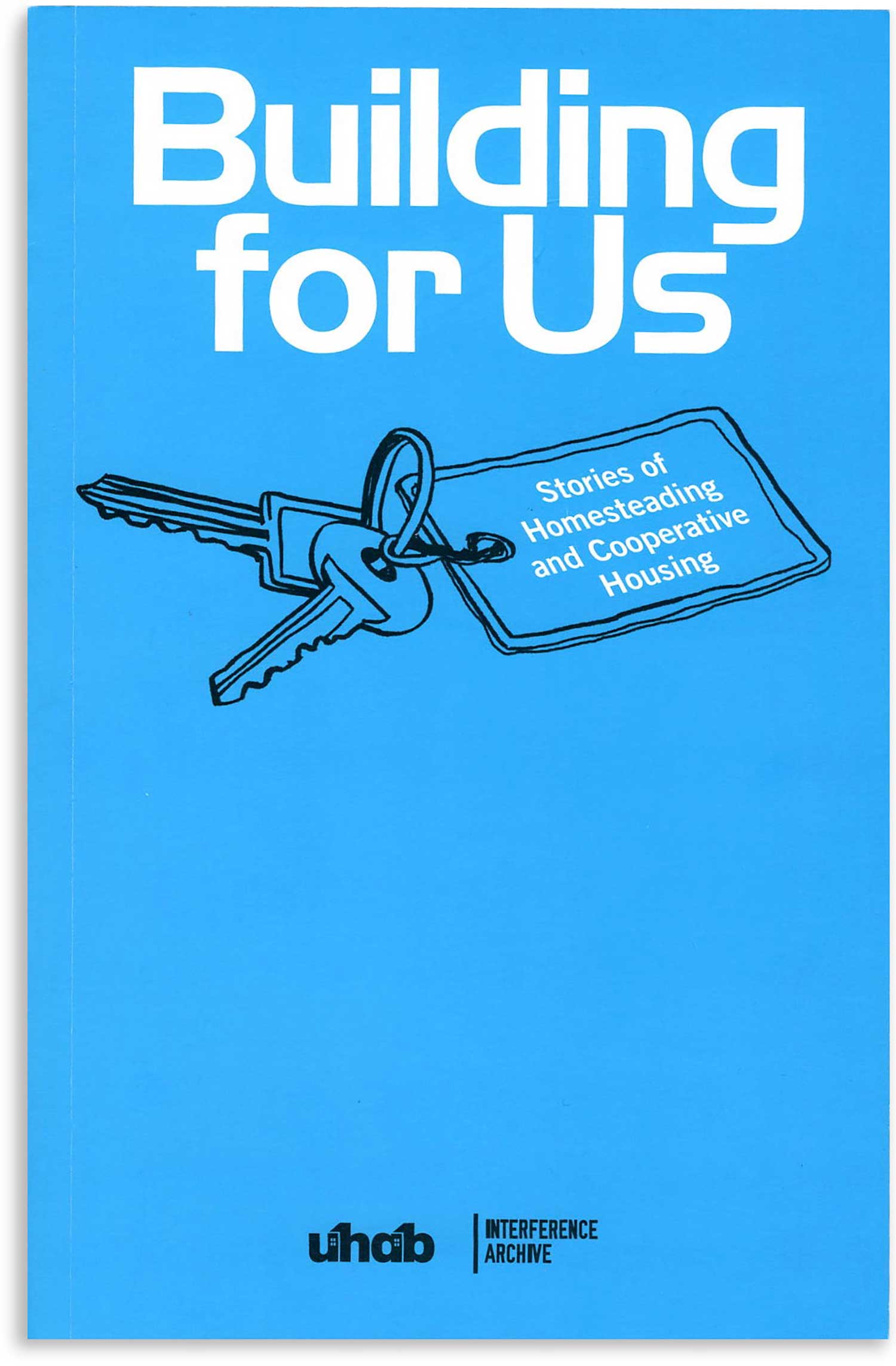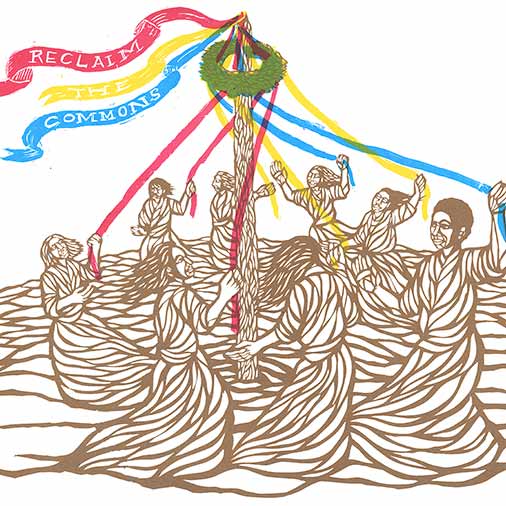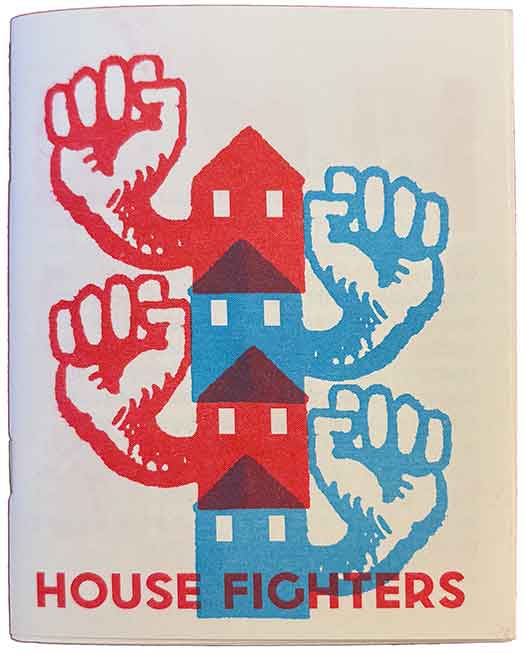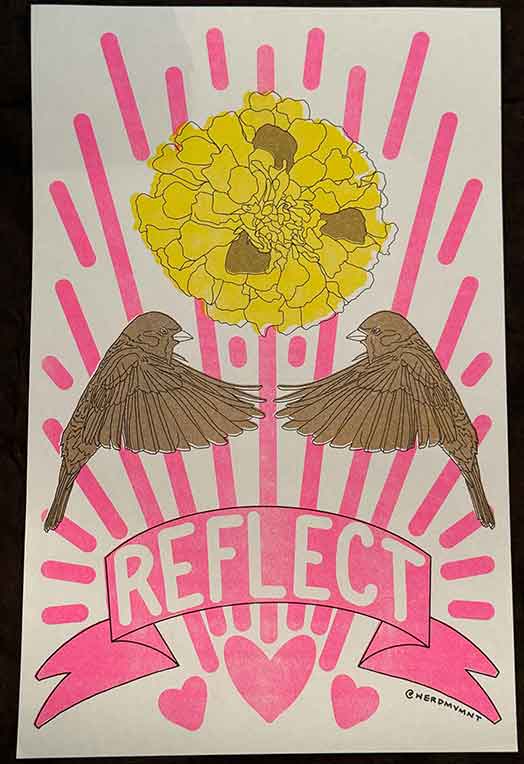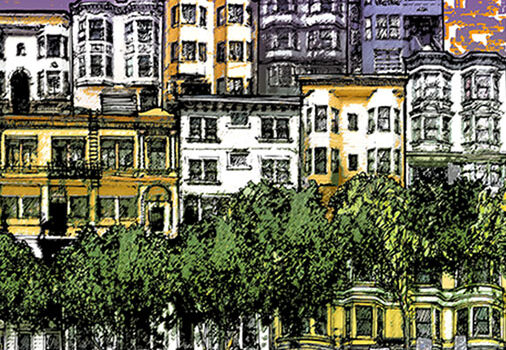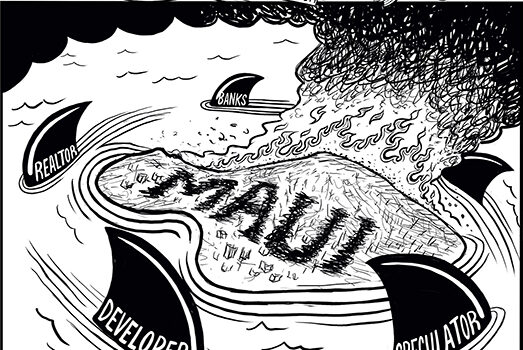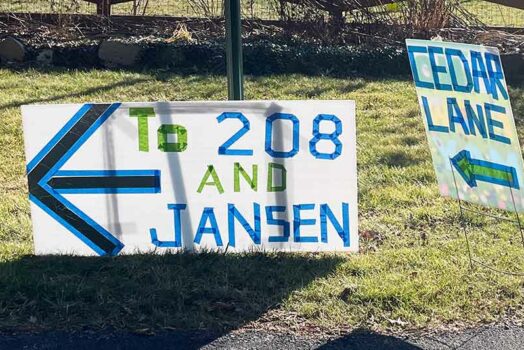Building for Us is an exhibition catalog of The Urban Homesteading Assistance Board (UHAB) featuring the families and people who fought to turn vacant or neglected buildings into vibrant co-ops, as told through the photographs, newsletters, oral histories, and training manuals found in UHAB’s archive. The exhibition was held at Interference Archive in the Summer of 2019.
In the early 1970s, government disinvestment from neighborhoods in New York City, coupled with widespread landlord neglect and abandonment, gave rise to squatting, urban homesteading, and other forms of self-help housing. Residents took control of city-owned land and buildings, and developed or rehabilitated their own housing. The ultimate goal for many of the tenant associations in the self-help housing movements was to take their buildings out of the speculative housing market and own them collectively and democratically. Today, around 1,300 resident-controlled, low-income housing cooperatives exist in New York City, providing some of the most deeply affordable and stable housing in the city.
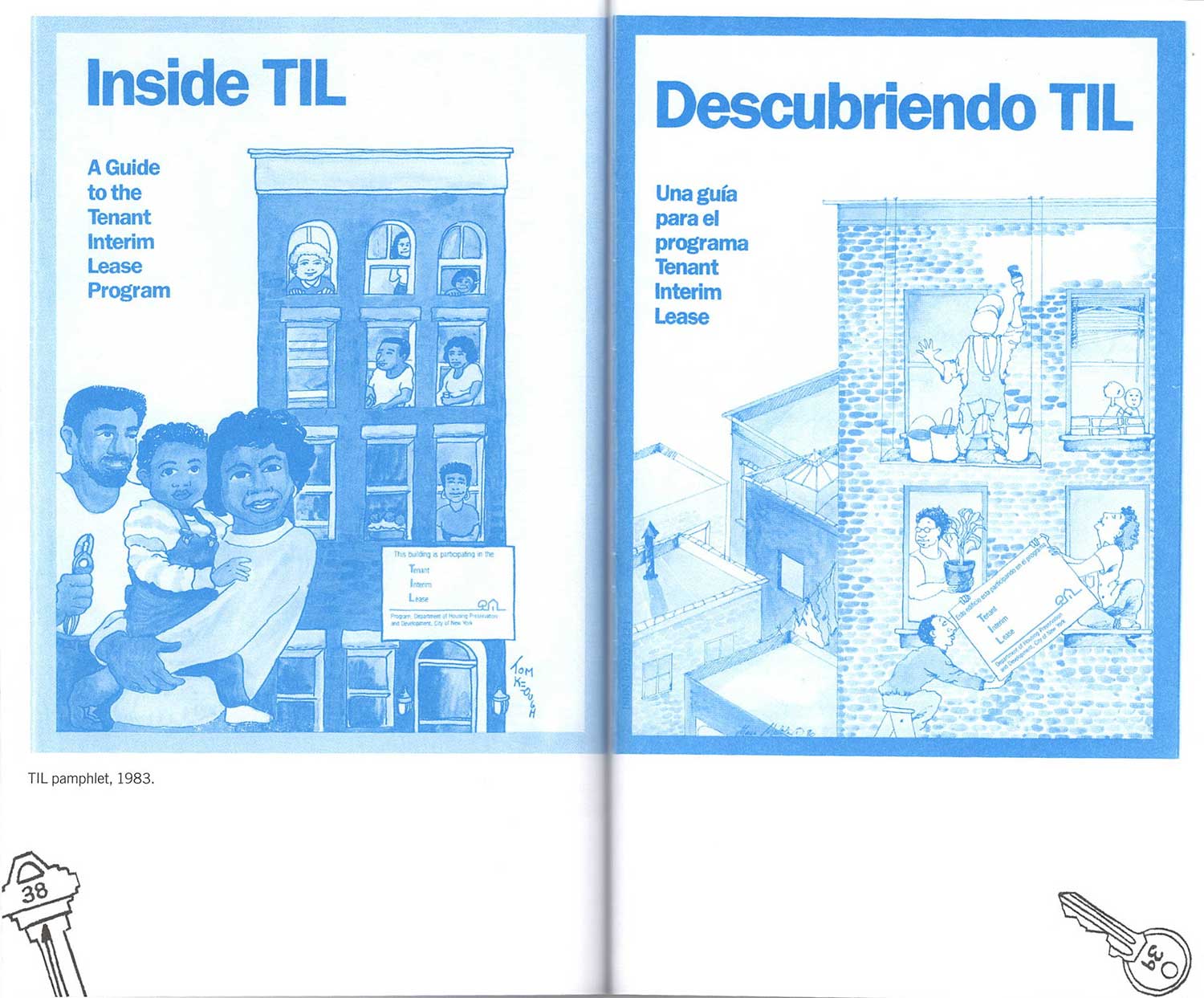
The Urban Homesteading Assistance Board (UHAB) grew out of the self-help housing movement. The exhibition features the families and people who fought to turn vacant or neglected buildings into vibrant co-ops, as told through the photographs, newsletters, oral histories, and training manuals found in UHAB’s archive. Their stories illuminate the origins of New York City’s affordable housing cooperatives, and the work that residents put into saving and preserving the city’s housing stock, one building at a time. This exploration of a single organization’s archive offers one way to understand the people, policies, and programs that helped shape this history.
Decades after the homesteading and squatting movements took hold in NYC, there is a resurgent public interest in exploring cooperative ownership models, particularly as a tool for addressing the current housing affordability crisis. Building for Us honors both the vibrant history of cooperative housing in NYC and sheds light on the hard work and the community it takes to create and sustain cooperatively owned housing.

